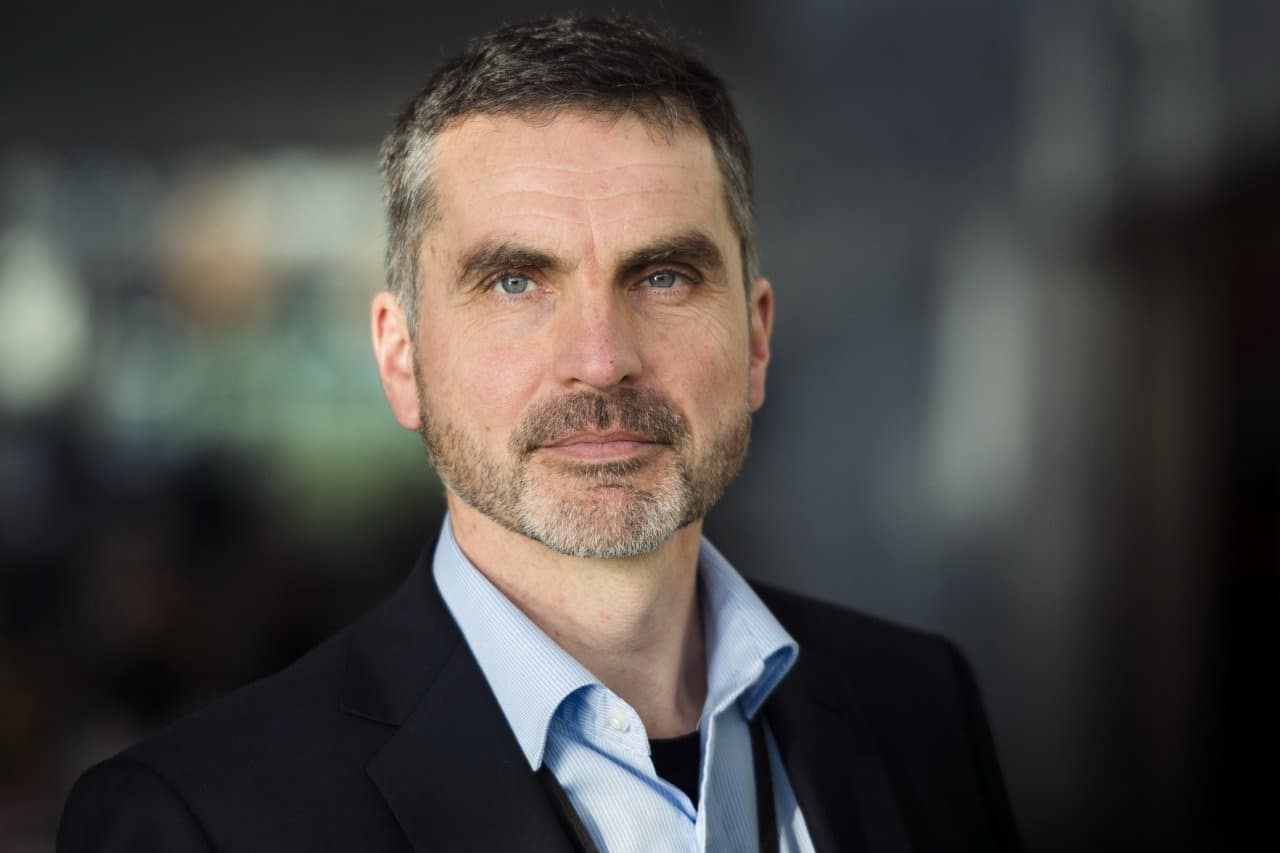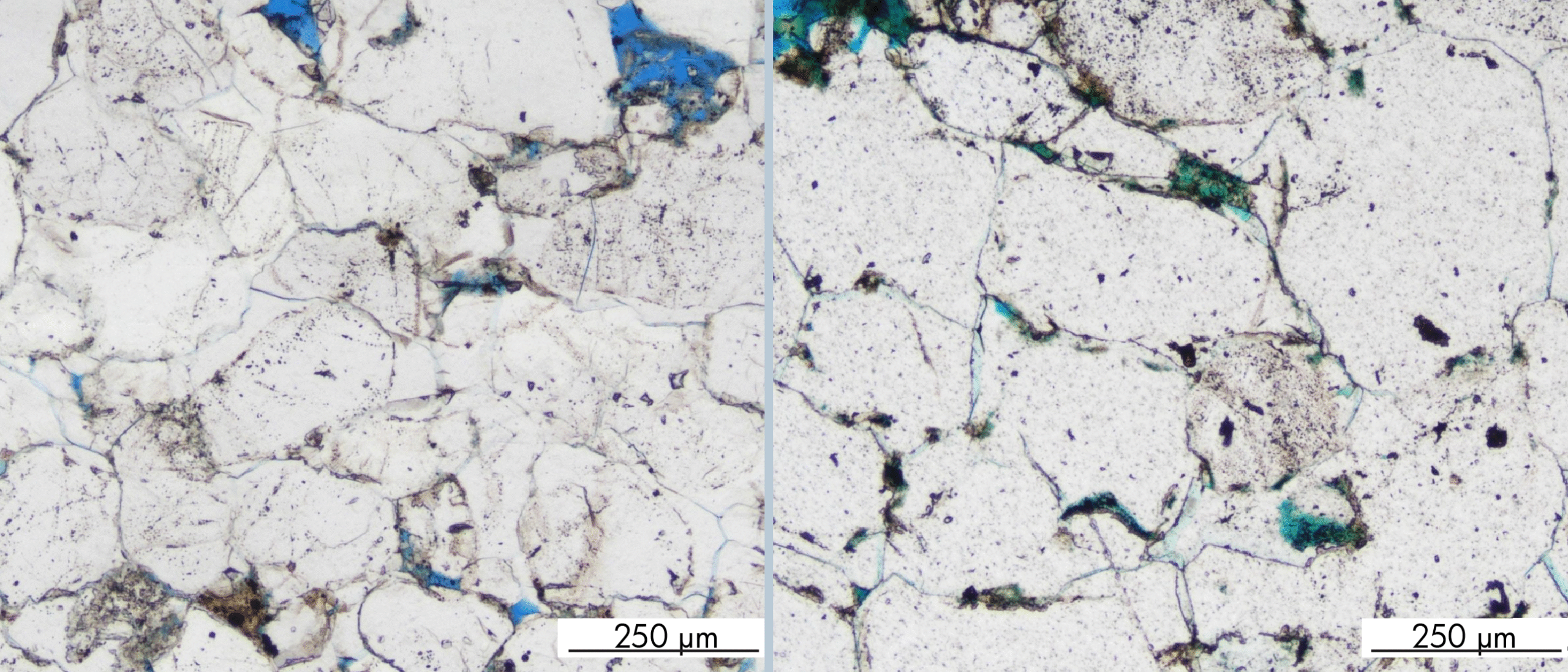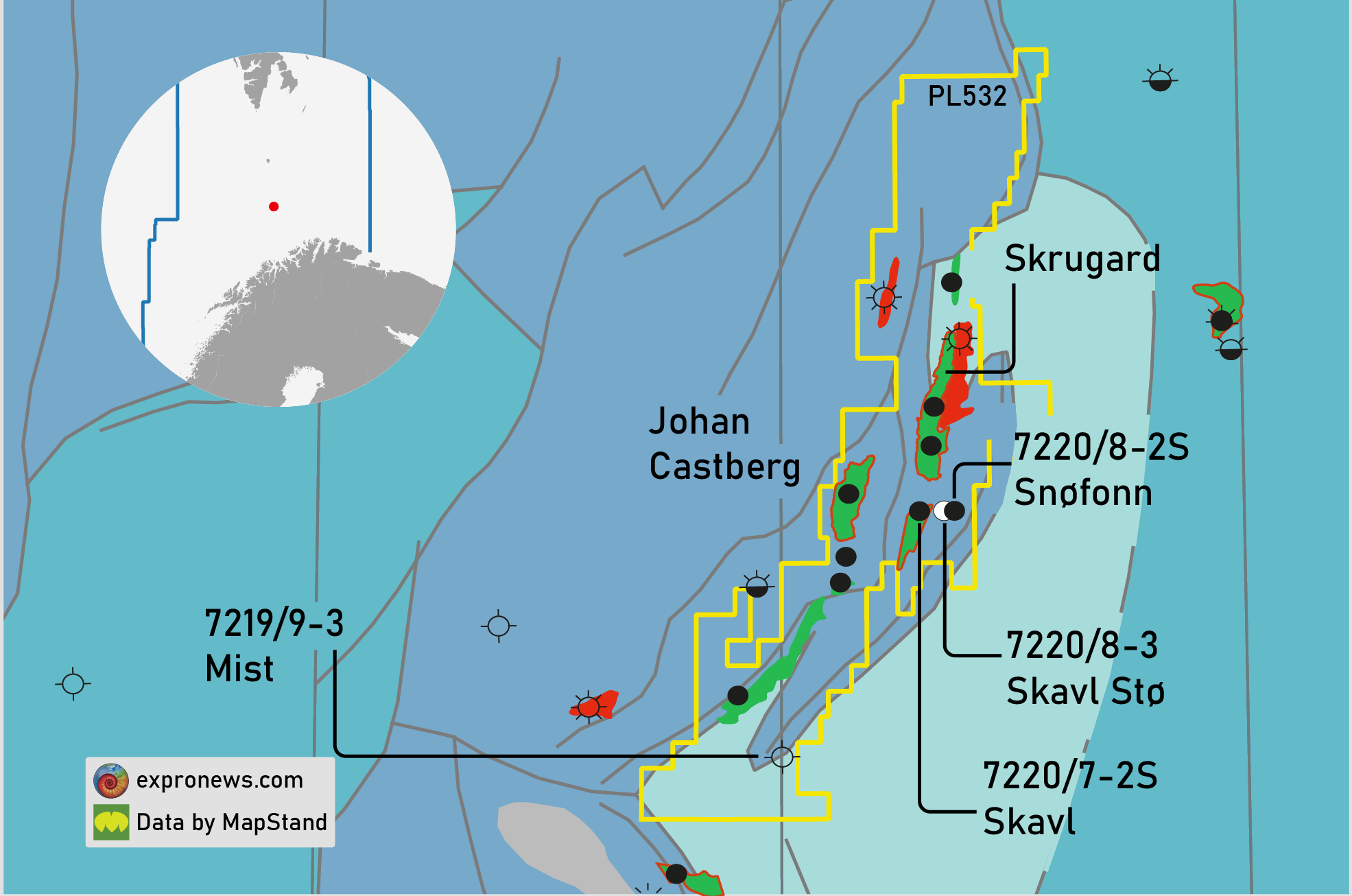“It is generally agreed that the NCS holds billions of barrels yet to be discovered. However, as an industry we are finding those barrels at an ever-slower pace”, says Erling Vågnes, Senior Advisor at Equinor.
As decommissioning of infrastructure increases over the coming decade(s), more and more of the barrels not yet found will become non-commercial.
“As an industry, we, therefore, face an urgent challenge of increasing the rate at which we discover the remaining hydrocarbons on the NCS, and for this technology will be a key component”, Vågnes says.
According to the experienced geologist, we start from a situation where most of the prospective NCS is covered by 3D seismic data, meaning that we can be reasonably sure that seismic lines across most – if not all – remaining deposits in the North Sea and Mid-Norway have been looked at multiple times and by multiple explorers. Moreover, a lot of these deposits are probably already in prospect portfolios.
However, most of these prospects are so far deemed non-drillable.
“Technology that can polarize the prospect portfolio, thus allowing a clearer prioritization and ultimately a higher per well success rate is therefore needed. Incremental improvement in data and methods will be helpful for this challenge,” Vågnes says.
“Some of the deposits may have gone entirely unnoticed despite good data coverage and committed exploration effort of multiple organizations and explorers. More fundamentally different approaches may be needed here, possibly through step changes in data quality. But given the time constraints, it is as likely that breakthroughs will come through enabling our explorers to interact more closely and flexible with the current data along with more perspectives simultaneously.”
“Improved tools and data access through digitalization has the potential to be key”, Erling Vågnes concludes.
Erling Vågnes will give a keynote at NCS Exploration May 21-22, at Fornebu, Oslo.

Photo: Halfdan Carstens





